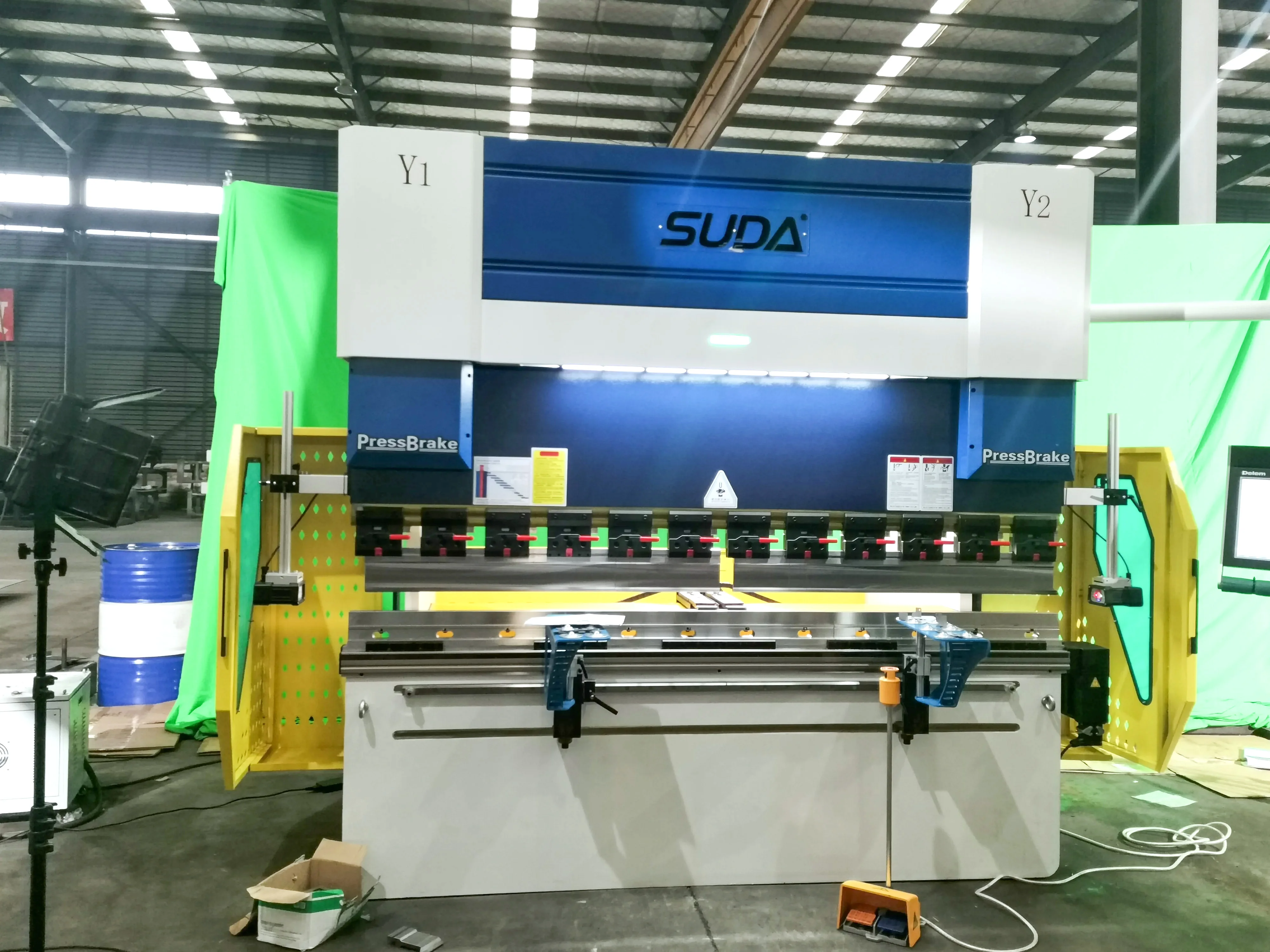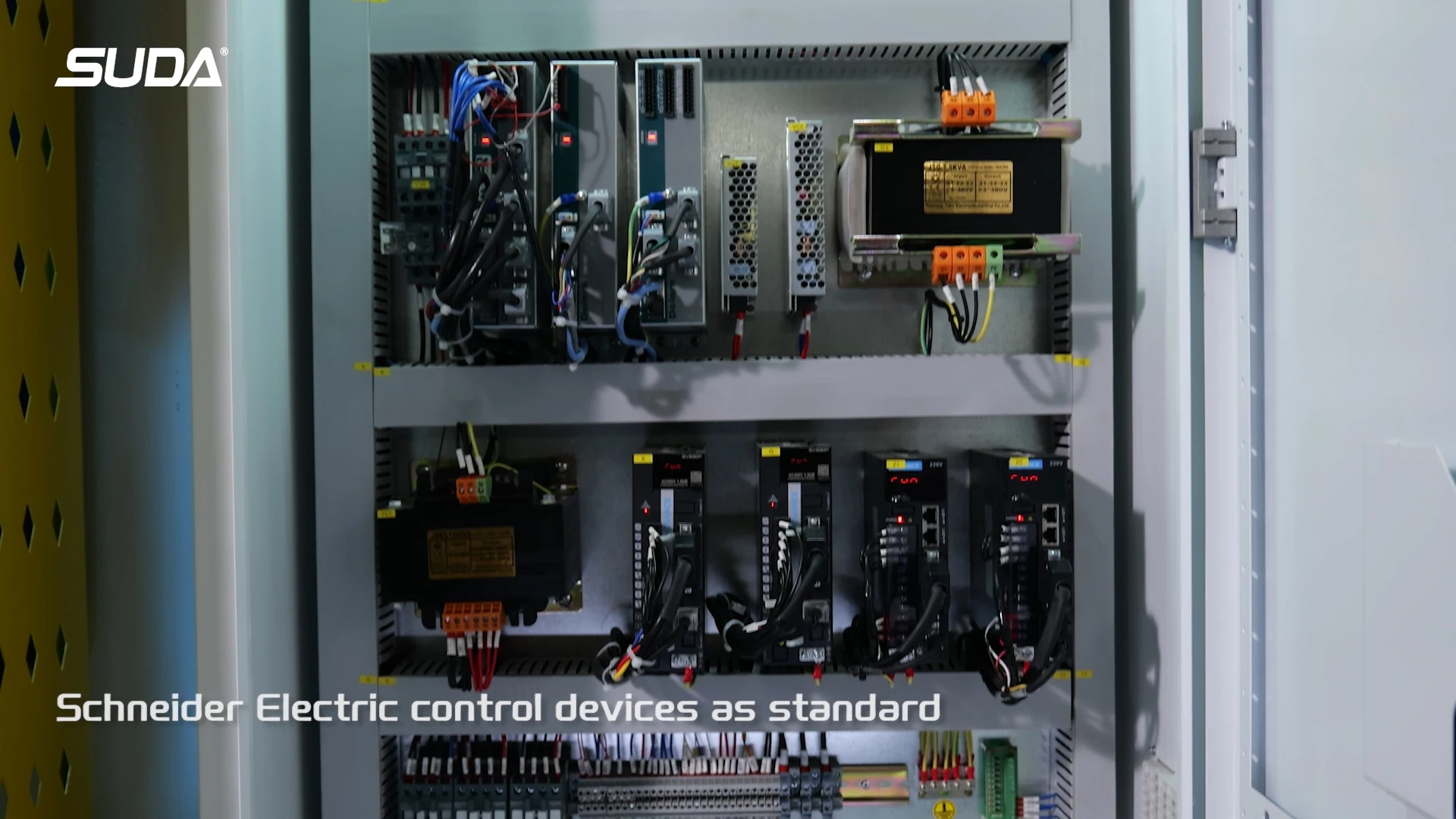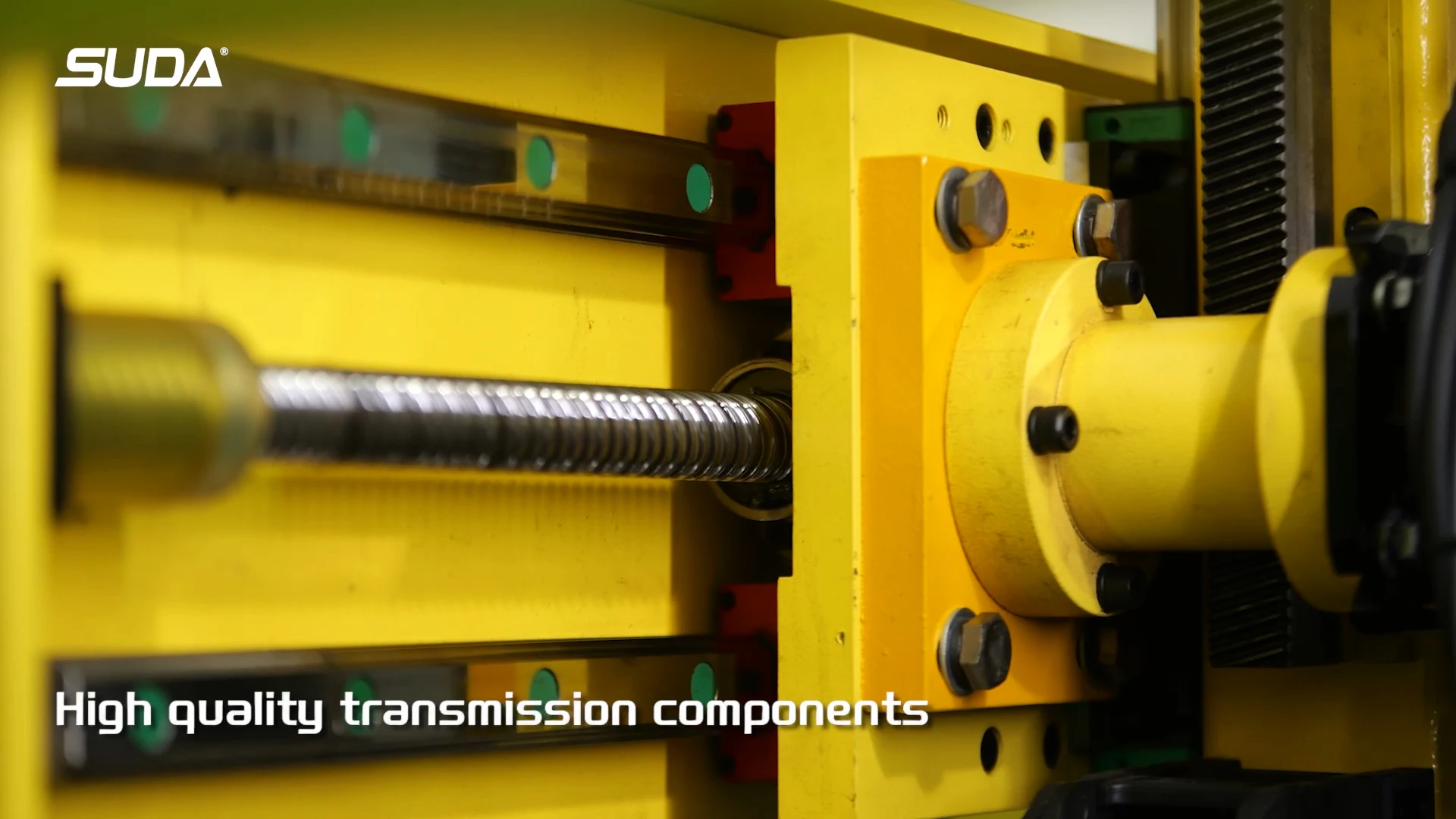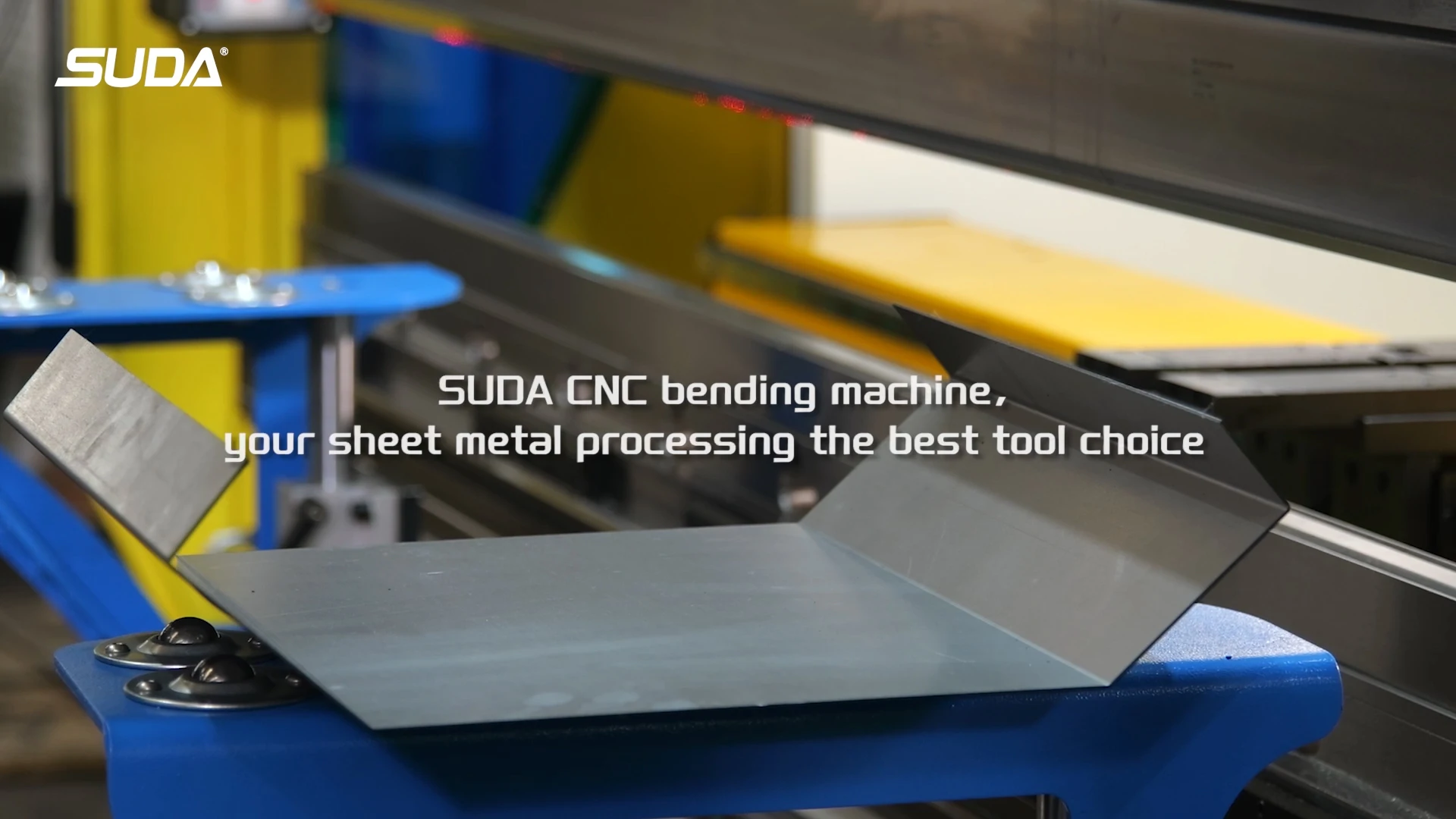Union Intelligent CNC Industrial Park A&B, Hefei, China 231131
News
Quiet Revolution: Precision Bending and the Ascending Press Brake Market
As 2025 dawns, SUDA's press brake machines have not only solidified their presence in the domestic Chinese market but have also successfully expanded into dozens of overseas nations. Building upon decades of expertise in fiber laser cutting and CNC routing, SUDA recognizes the essential role of high-quality hydraulic press brakes in the downstream metal processing workflow. Providing robust and reliable bending solutions as a complementary offering to their cutting technologies has become a natural and vital extension of their business.

The global surge in demand for precision bending solutions has brought SUDA's press brakes into sharper focus on the international stage. This growing interest underscores the critical synergy between cutting and bending technologies, and SUDA's ability to provide a comprehensive suite of solutions positions them as a key player in the evolution of modern metal fabrication. When we think of the foundations of modern industry, our minds might jump to the sleek lines of an automobile or the soaring span of a bridge. But behind these iconic structures lies a less glamorous, yet equally vital process: precision metal bending. And at the heart of this process, you'll find the press brake machine.
The global press brake machine market, it turns out, is poised to exceed $1.01 billion by 2031, a testament to the quiet yet profound impact of these machines across a spectrum of industries. It's a story of innovation, driven by the ever-increasing demand for high-precision metal components in sectors as diverse as automotive, aerospace, and construction.

In the evolving landscape of metal fabrication, the integration of cutting and bending solutions is becoming increasingly vital. And within this context, brands like SUDA are playing a pivotal role. Established in 1992, SUDA's journey began with the precision of CNC routers, expanding into fiber and CO2 laser cutting technologies by 2006. This deep-rooted expertise in cutting solutions naturally led to the development of their press brake line, a testament to their commitment to comprehensive metal processing.
What's truly fascinating is the transformation underway. The integration of CNC technology, automation, and the principles of Industry 4.0 is not merely a technical upgrade; it's a fundamental shift in how manufacturing operates. I recently spoke with a production manager at a mid-sized automotive parts supplier, and he shared that the adoption of advanced CNC press brakes had reduced their material waste by an average of 12% – a significant saving that directly impacts their bottom line.
The challenge of press brake R&D, as any engineer will tell you, is significant. But SUDA's decades of experience in precision machinery have allowed them to navigate these complexities successfully. What's particularly compelling is the synergy created when SUDA's laser cutting, welding, and press brake technologies are combined. This integrated approach streamlines the entire metal fabrication process, from initial cutting to final bending, offering manufacturers a seamless workflow.

Hydraulic press brakes continue to dominate, holding approximately 52% of the market share, a nod to their reliability and cost-effectiveness. However, the rise of servo-electric press brakes is capturing attention, driven by their energy efficiency. In fact, some internal studies are indicating up to a 28% reduction in energy consumption compared to traditional hydraulic models. This isn't just about cost savings; it's about a growing awareness of sustainable manufacturing practices.
The growth is particularly pronounced in Asia Pacific and Latin America, regions undergoing rapid industrialization and infrastructure development. I've seen projections indicating a potential 18% increase in demand from these areas over the next five years, fueled by the expansion of construction and manufacturing sectors. Of course, challenges remain. The high initial investment for advanced CNC machines and the ongoing maintenance costs are significant hurdles, particularly for smaller enterprises. And the shortage of skilled operators is a real concern. I've heard anecdotal evidence suggesting that some manufacturers are experiencing up to a 15% delay in production schedules due to this skills gap.
The volatility of raw material prices, particularly steel and aluminum, adds another layer of complexity. Manufacturers are navigating these fluctuations with a mix of strategic sourcing and advanced inventory management. Looking ahead, the integration of AI and IoT is set to revolutionize press brake operations. Real-time monitoring and predictive maintenance are becoming standard, with some early adopters reporting a 20% reduction in downtime.

This market isn't just about bending metal; it's about bending the future of manufacturing. And as industries continue to demand precision, efficiency, and sustainability, the press brake machine will remain a critical player in shaping our world. As for SUDA Press Brake, we have multiple typies of model to suit your various of metalworking needs. The pressure of our press brake(bending machine) can be customized from 30 ton to 600 ton, and the working table length can be from 2000 to 6000 mm. We installed Delem control system which is one of the most reliable press brake system and it is economic.
With over 30 years in the industry, SUDA has built a reputation not just on the quality of its machines, but on the enduring value of its after-sales service. In a sector where downtime can be costly, this commitment to reliability and support is a crucial differentiator.








Leave a Comment